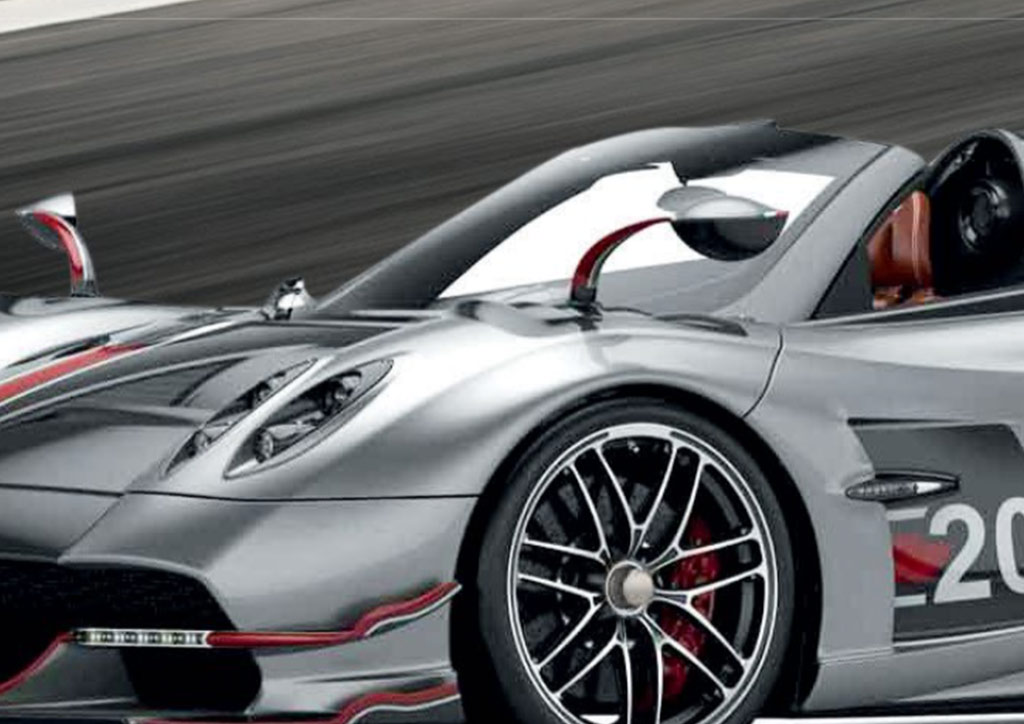We asked car enthusiasts which models they think helped shaped the motoring industry.
READ ALSO: LA Asks: What’s Your First Sports Car?
Just like how the Birkin or the Lady Dior influenced the silhouettes of bags of today, some cars broke barriers and helped the motoring industry evolve.
Yes, there are Hall of Famers, such as the 1886 Motorwagen. Karl Benz patented that car as the first gasoline-powered motor vehicle with an internal combustion engine, and sold about 25 units. Massed produced in an assembly line, Henry Ford’s Model T in 1908 also paved the way for more people to get behind the wheel.
But we want to talk about disruptors for today. I asked a couple of enthusiasts to share their top choices for the most influential cars that shaped the motoring industry.
Keith Haw
Lamborghini Countach. A rear mid- engine, rear-wheel-drive sports car produced from 1974-1990, this became the poster model of all enthusiasts while growing up. Its shape and design cues became the foundation of all V12 Lamborghini models, including the Aventador and Centenario. Its most distinguishing feature is the scissors’ doors that open upward, making it one of the most futuristic-looking cars of all time.

Pagani Huyara. For me, this car was engineered to perfection, a work of art and masterpiece. Dubbed as the supercar of the supercars. These powerhouse machines have thrown all the limits outside the window, which is evident with its price tag (the BC version sells at USD 3.8M.) Designed by Horacio Pagani and favored by Facebook’s Mark Zuckerberg, these cars will shape how future Hyper-car/supercars will look.
Mic Mic Roxas
The Mini. It showed the world a new way of packaging compact cars. The Mini’s transverse engine front-wheel drive layout was copied by pretty much every single major manufacturer out there 30 years after the Mini was introduced.

Porsche 911. Before the 911, driving sports cars meant having to live with its temperamental nature. The 911 showed the world that a sports car could be a reliable vehicle that could be daily driven, that is if you could live with its tendency to swap its front and back when letting off the gas too quickly.
Toyota Corolla. The Crown may have been Toyota’s first export, but the Corolla introduced the world to Japanese motoring. Being Japan’s best-selling car for pretty much the whole of the ’70s and ’80s and arguably the world, it is what made Toyota the powerhouse it is today. The Corolla continues to be the world’s best-selling car for years.

Botchi Santos
Nissan R35 GTR. This broke so many Japanese “Gentleman’s Agreements” by designing a vehicle that wasn’t simply ‘adequate’ for Japanese standards. The GTR delivered a truly world-class car out of the box, ready to compete with the established super / sports-car elite yet proudly made in Japan. The new Honda / Acura NSX & Toyota Supra followed suit. The GTR also introduced many new young enthusiasts to the world of cars thanks to its popularity in video games.
Toyota Prius. The car democratized the hybridized & electrified global mass- market vehicle. It was ingrained in our consciousness that a hybrid or electrified vehicle of some sort was always an option for regular car buyers. The Prius is and remains to be the poster boy of hybrid cars around the world.
Tesla Model X. Built and designed by non-car-guys, Elon Musk’s Tesla Model X combines SUV versatility & ease (a growing demand globally) with pure EV performance. Many traditional manufacturers used the Tesla Model X as their benchmark for developing their own EV cross-over / SUV, a massive shift in the industry.

JP Tuason
2009 F1 with Kinetic Energy Recovery System. Formula one is always on the cutting edge of automotive technology. In the 2009 season, the regulations allowed using the Kinetic Energy Recovery System (KERS). This system permitted cars to store and use energy from the kinetic energy it generated from braking. This groundbreaking technology in F1 has found its way to today’s electric vehicles to allow them to go further on one charge.

Audi R10 TDI. This car represented the future by winning the Lemans 24-hour race using a Turbo-Diesel engine. These engines combine lots of power with fuel- efficient capabilities in grueling race conditions and have now become something we take for granted today. But in 2006, it was groundbreaking technology.
BMW M3-E30. This car was the ultimate driver’s car from the 80s. It was the basis for the epic touring cars that BMW made and dominated within the DTM (German touring car championship) and BTCC (British Touring car championships). Not only did it produce titles while looking sleek, it has since become a collectible commanding over $250,000.00 for immaculate specimens.

This piece originally came out in December 2020-January 2021 Issue of Lifestyle Asia.





